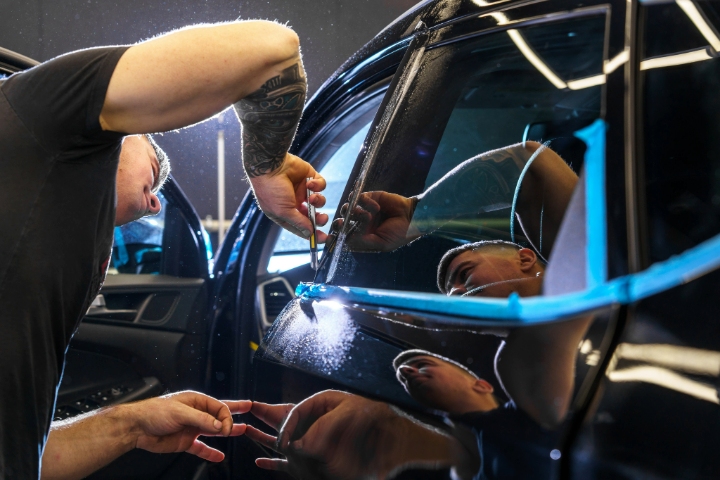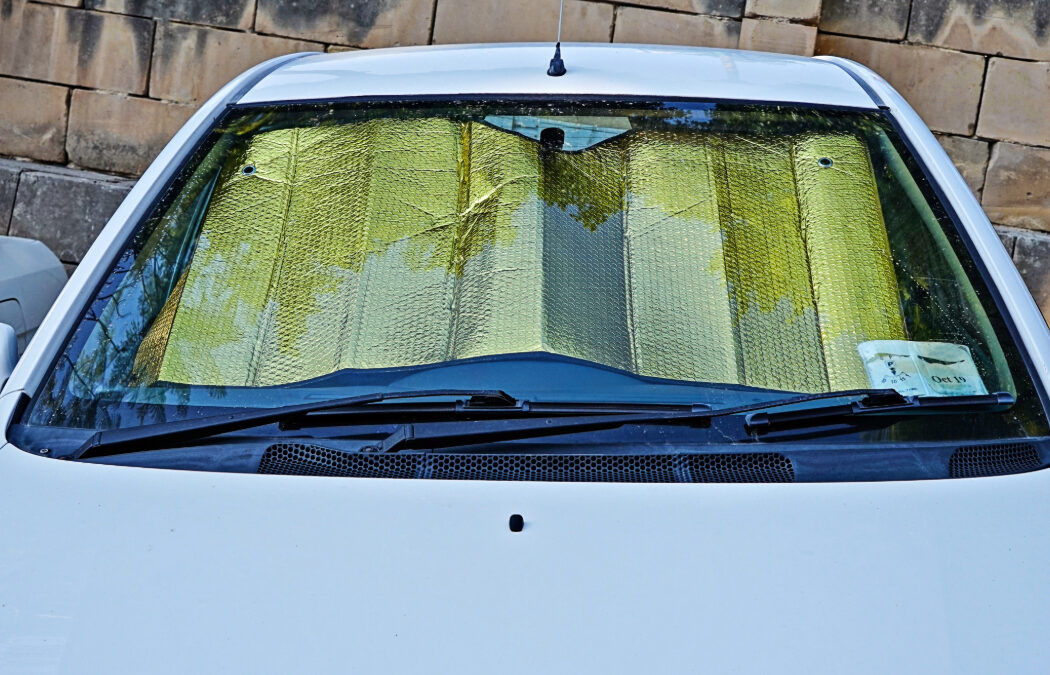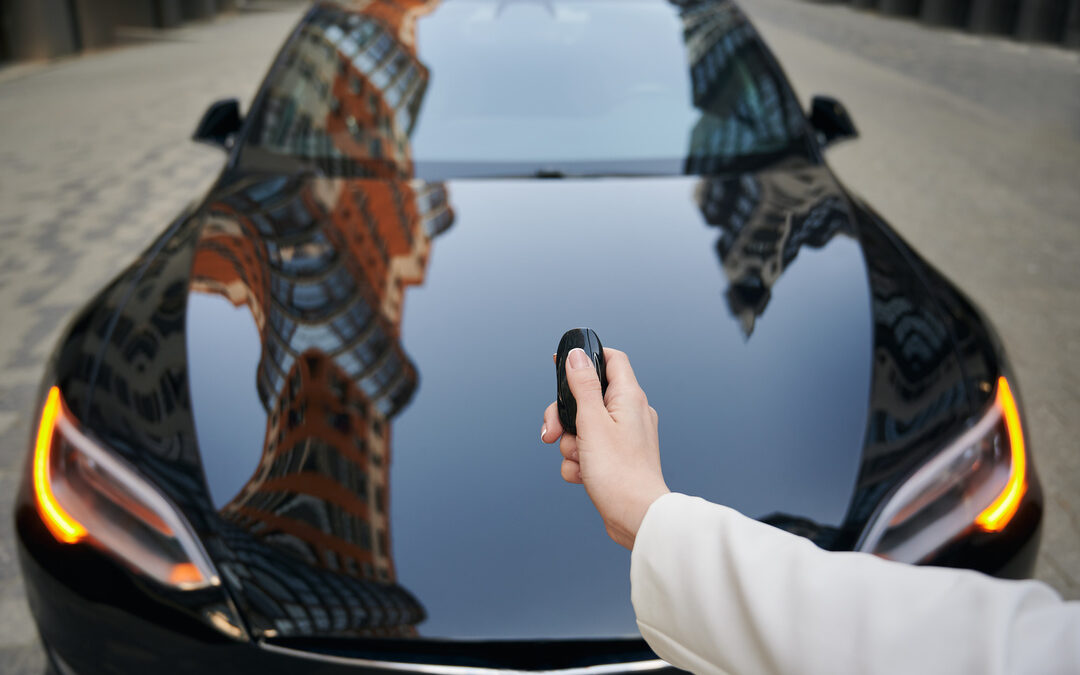Window tinting has been around for decades. But somehow, people are still spreading the same bad advice like it’s 1998.
You’ve probably heard stuff like “dark tint blocks more heat” or “tint is illegal in Massachusetts.”
Here’s the truth. No sugar-coating. Just facts that’ll save you money and headaches.
Darker Tint Means Better Heat Rejection
Wrong. Completely wrong.
Just because your tint looks dark doesn’t mean it’s blocking heat. Heat rejection comes from what’s in the film, not how dark it looks.
A dark dyed tint might block some light, but a ceramic tint that’s lighter can block way more infrared heat and UV rays. That means your car stays cooler, even if it doesn’t look like a limo.
If you still think blacker tint = cooler cabin, this article explains why that’s a myth. It’s not about color. It’s about performance.
Factory Tint and Film Are the Same Thing
Nope. Totally different.
Factory tint is just colored glass. That’s it. No heat rejection. No UV protection. No IR filtering. It just looks darker.
Real window film—especially ceramic or carbon tint—has layers that are designed to block heat, protect your skin, and keep your car’s interior from fading.
So if your car came with “factory tint,” and you think you’re protected… you’re not. You still need real window film if you want actual performance.
CarzSpa explains this in detail. Don’t let looks fool you. Factory tint is just for privacy.

Window Tint Is Illegal in Massachusetts
Not always. It depends.
Here’s the law:
- Front side windows must let in at least 35% of light
- Windshield tint is limited to a 6-inch strip at the top
- Back and rear windows can be darker if your car has side mirrors
And if you’ve got a medical reason, you can apply for a tinted glass waiver from the state.
So yes—tint is legal in MA, if you do it right.
Check out our full post on how to choose legal tint in Massachusetts summers if you want to play it safe and cool.
Tint Bubbles Means You Got Ripped Off
Not always true.
Here’s what people get wrong:
Some small bubbles after install are normal—especially during the curing process. It can take a few days to a few weeks for moisture under the film to fully evaporate.
What’s NOT normal is:
- Big air pockets that don’t shrink
- Bubbles with dirt or debris inside
- Peeling edges within the first few months
If you see those, yeah—you got a bad job. But don’t panic at the first sign of a small bubble. Give it time.
Apex Auto Performance has a solid breakdown on what’s normal during curing and what’s not.
Learn the Facts Before You Tint
You wouldn’t buy a phone based on a rumor. Don’t tint your car based on what your neighbor’s cousin told you in 2006.
Here’s what you should do instead:
- Read legit articles from pros, like this myth roundup
- Ask your installer about their film type and warranty
- Don’t judge tint by how dark it looks—judge it by what it blocks
If you want real protection, go with ceramic. If you want it to last, go with a pro.
And if you’re not sure which film is best for New England weather, check out our full comparison of ceramic vs dyed tint for MA drivers.



0 Comments